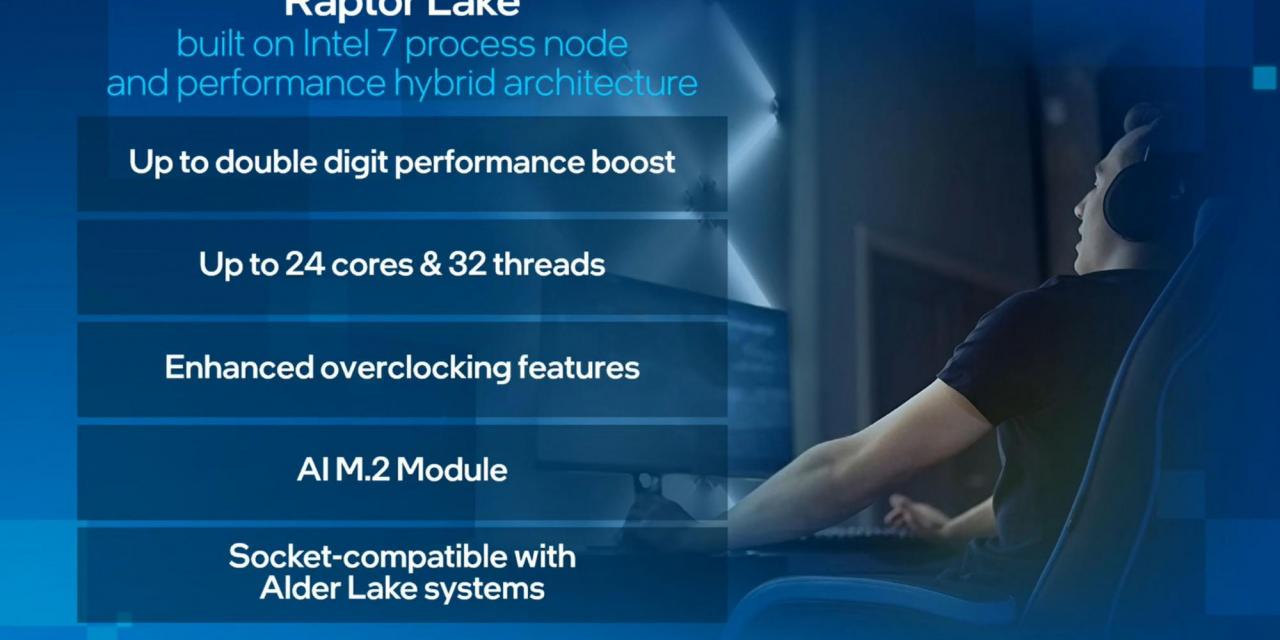
Intel has teased some information about its upcoming Raptor Lake, 13th-generation processors which are slated for a second-half of 2022 release. The top chip will be built on the Intel 7 (an enhanced version of its 10nm process), enjoy a "double digit performance boost", and have as many as 24 cores and 32 threads.
While all of that sounds somewhat impressive on the surface, it's important to break down this information with what we already know. The top of the line chip, which will probably be the 13900K, will have the same eight performance cores as its predecessors, but will double the number of efficiency cores to 16. That will mean a massive productivity performance increase in applications that can take advantage of that many cores, but it won't likely mean much for gaming.
The double digit performance boost will be nice if that's IPC, but that could be as little as 10%, which wouldn't be overwhelming -- even if it would be a welcome addition. There's no mention of clock speed increases, either, even if the "enhanced overclocking features" could mean the option to push the chips harder than their 12th generation counterparts.
What is a nice bit of news, though, is the socket compatibility with Alder Lake, rewarding early 12th gen adopters with the option to upgrade their CPU only, without having to buy a new motherboard as part of the upgrade.
Like Alder Lake, Raptor Lake will support DDR4 and DDR5 memory, will have PCIE 5.0 support, and will use the same Xe graphics architecture for its onboard GPU. The efficiency cores will use the same Gracemont architecture, too, although the performance cores will benefit from the upgrade to Raptor Cove architecture.
The question is, is this all enough to compete with AMD's Zen 4?








